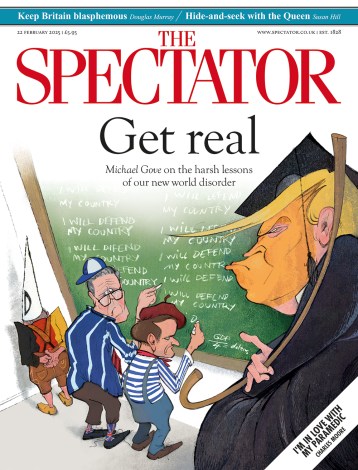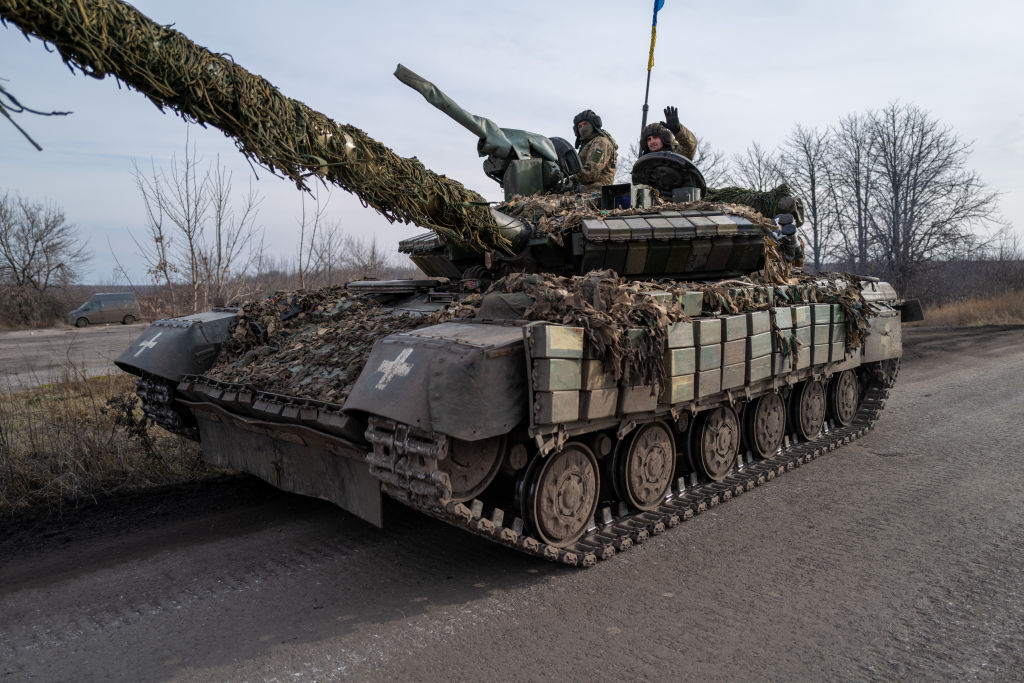It is winter in Ukraine. The ground is frozen and hard. Groups of soldiers on both sides struggle in the cold. The Ukrainians insist they have one advantage over the Russians: their soldiers, unlike mobilised Russian troops, have some effective winter clothing.
Traditionally, armies stop moving in winter. They hunker down. It’s less true in Ukraine, where winter does not mean paralysis for civilian or army life. But in much of the country, the frontline does appear frozen – figuratively and literally. But winter ends quickly, especially in wartime.
Western intelligence agencies believe that a new Russian offensive is in the offing. They say a new attack will begin in either early spring or, possibly, at the tail end of the winter.
Perhaps there will be a new wave of mobilisation. The Russian military is theoretically supposed to grow to 1.5 million troops over an undisclosed period of time – although the immediate relevance this would have on the ground in Ukraine is unclear.
Ukraine’s requests for tanks and armoured fighting vehicles are not illogical or spoilt: they are of the greatest importance
It would be the work of one speech by the Russian president to begin a new wave of mobilisation.

Get Britain's best politics newsletters
Register to get The Spectator's insight and opinion straight to your inbox. You can then read two free articles each week.
Already a subscriber? Log in






Comments
Join the debate for just $5 for 3 months
Be part of the conversation with other Spectator readers by getting your first three months for $5.
UNLOCK ACCESS Just $5 for 3 monthsAlready a subscriber? Log in